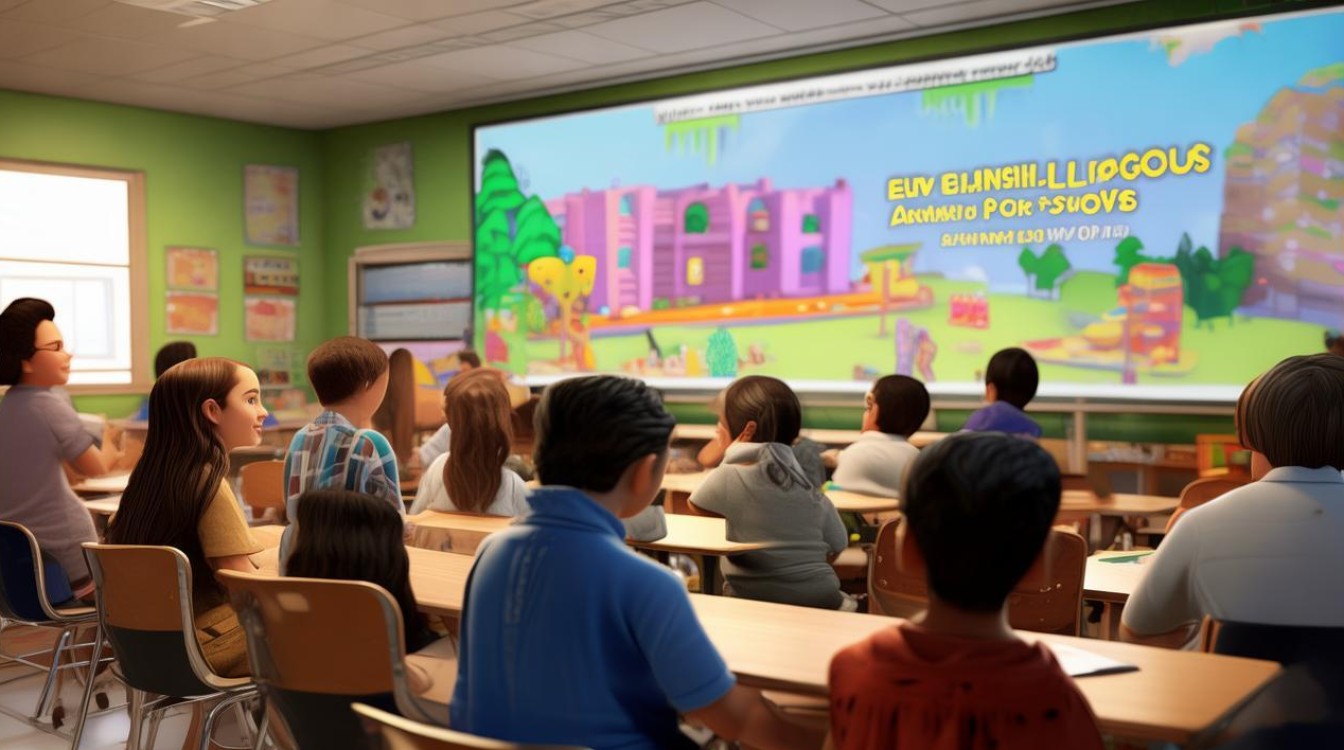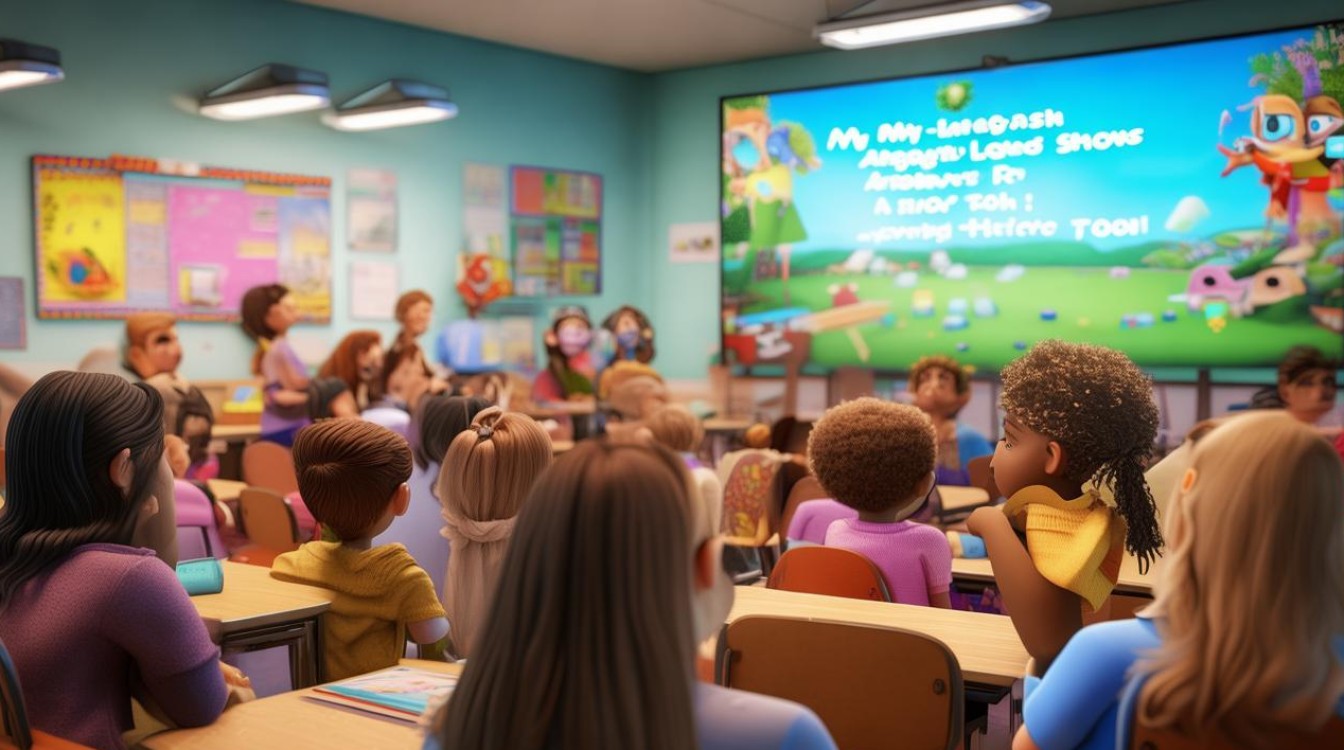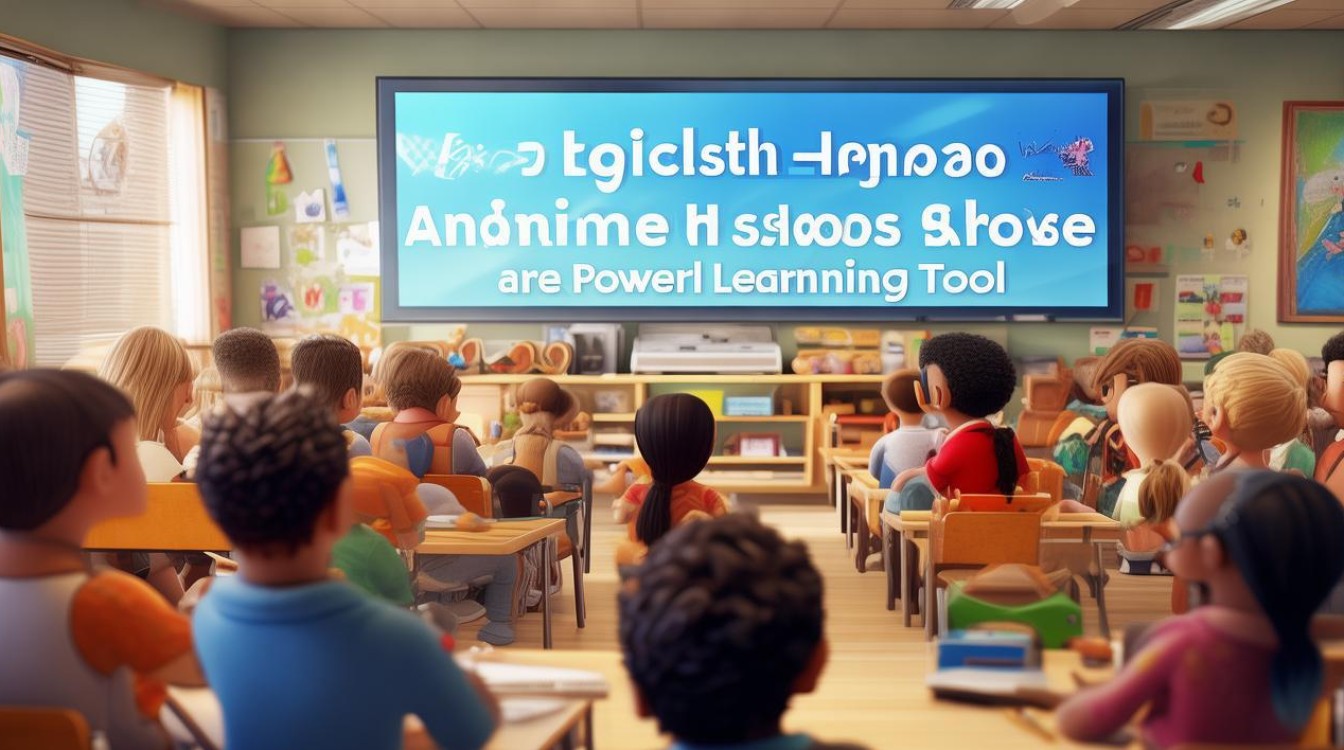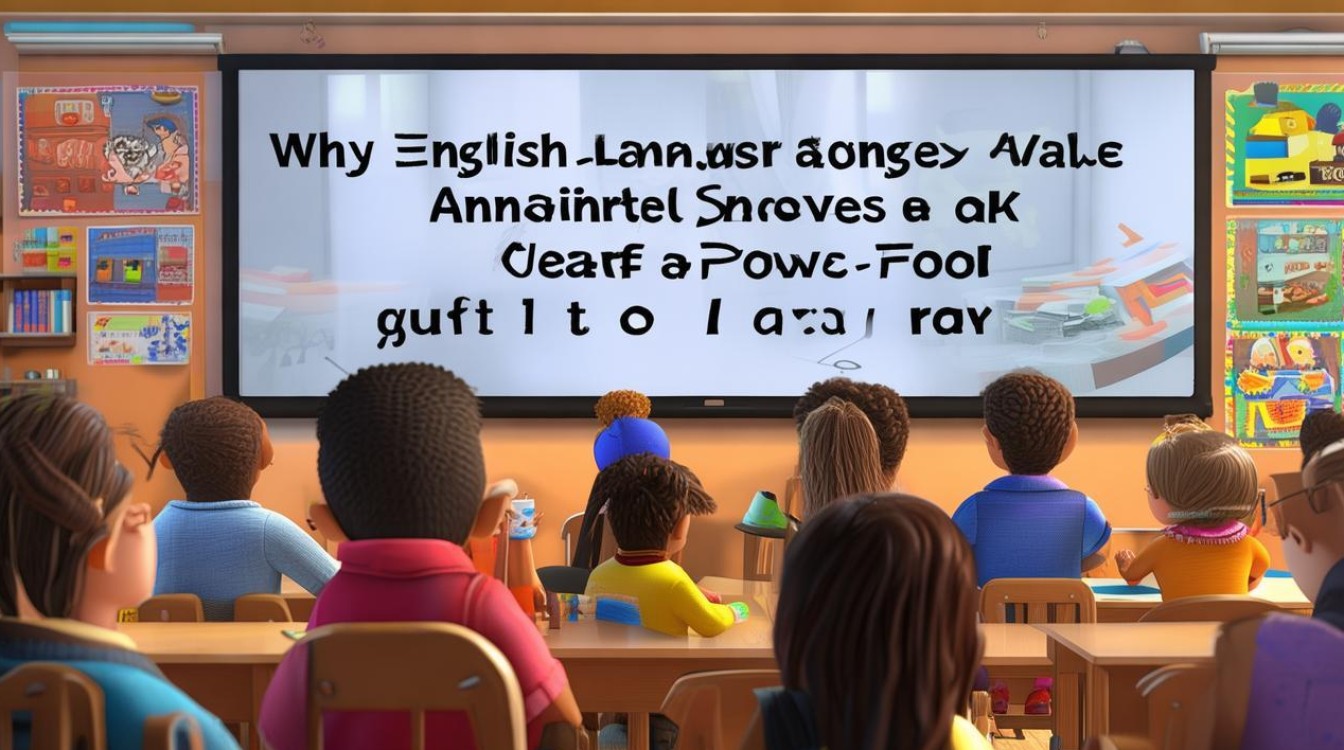For parents and educators seeking engaging ways to introduce children to English, animated shows designed for native speakers offer an immersive and effective solution. Unlike traditional language lessons, these programs combine vibrant visuals, natural dialogue, and cultural context to make learning organic and enjoyable.

The Science Behind Language Acquisition Through Animation
Research in early childhood development highlights the importance of auditory and visual stimuli in language retention. Animated series leverage this by:
- Contextual Learning – Scenes provide visual cues, helping viewers infer meanings without direct translation.
- Repetition – Catchphrases, songs, and recurring vocabulary reinforce memory.
- Emotional Engagement – Characters’ expressions and tone convey nuance, aiding comprehension.
A University of Michigan study found that children exposed to English-language cartoons improved pronunciation and listening skills 40% faster than peers relying solely on textbooks.
Top Animated Series for Different Age Groups
Toddlers (Ages 2–4)
Peppa Pig
- Why It Works: Simple sentences, clear enunciation, and everyday themes (family, play) mirror a child’s world.
- Key Vocabulary: Basic verbs ("jump," "sing"), greetings, and numbers.
Mickey Mouse Clubhouse

- Standout Feature: Interactive prompts encourage viewers to answer questions aloud, building confidence.
Early Learners (Ages 5–7)
Paw Patrol
- Language Benefits: Problem-solving dialogue introduces compound sentences and teamwork-related terms.
- Cultural Plus: Diverse accents among characters expose kids to varied English pronunciations.
Bluey
- Why It’s Unique: Australian slang and humor teach informal language, while heartfelt stories model conversational English.
Older Kids (Ages 8–12)
Gravity Falls
- Advanced Skills: Faster-paced jokes, wordplay, and mystery plots expand vocabulary and critical thinking.
- Bonus: Subtitles help bridge gaps for non-native speakers.
Avatar: The Last Airbender

- Depth: Complex themes and rich dialogue introduce abstract concepts, idiomatic expressions, and persuasive language.
How to Maximize Learning
-
Active Viewing
- Pause to discuss scenes: "Why did the character say ‘That’s unfair’?"
- Mimic character intonation to practice rhythm.
-
Supplemental Activities
- Create flashcards for recurring words (e.g., Dora the Explorer’s "map" or "backpack").
- Act out episodes to practice dialogue.
-
Tech-Enhanced Tools
- Use language apps like Duolingo alongside shows to reinforce grammar.
- Enable English subtitles for reading practice.
Addressing Common Concerns
Myth: "Cartoons are too fast for beginners."
Reality: Start with slower-paced shows (Daniel Tiger’s Neighborhood) and gradually increase difficulty.

Myth: "Kids won’t learn proper grammar."
Reality: Studies show children absorb correct structures through exposure, even from informal speech.
The Cultural Advantage
Beyond language, these shows offer insights into Western social norms—like resolving conflicts politely (Arthur) or celebrating holidays (Charlie Brown). This cultural fluency is invaluable for global communication.
Final Thoughts
Integrating English-language animation into learning isn’t just about screen time—it’s about creating a joyful, context-rich environment where language sticks. Whether through Peppa Pig’s simplicity or Avatar’s depth, these stories turn passive watching into active discovery. The key is consistency: regular exposure, paired with real-world practice, builds skills that last far beyond childhood.


